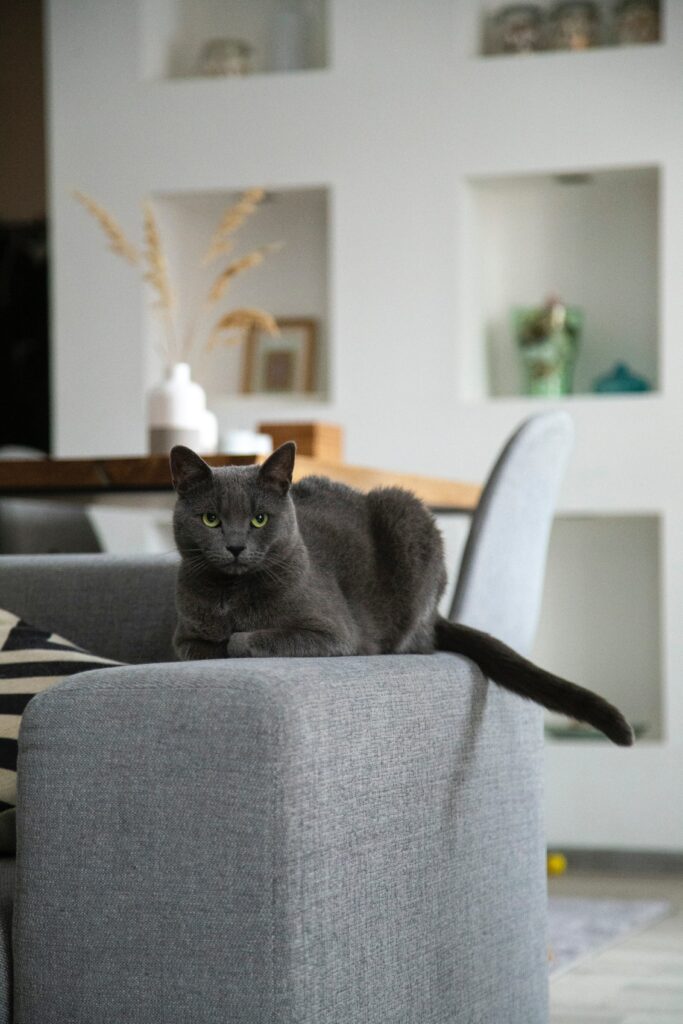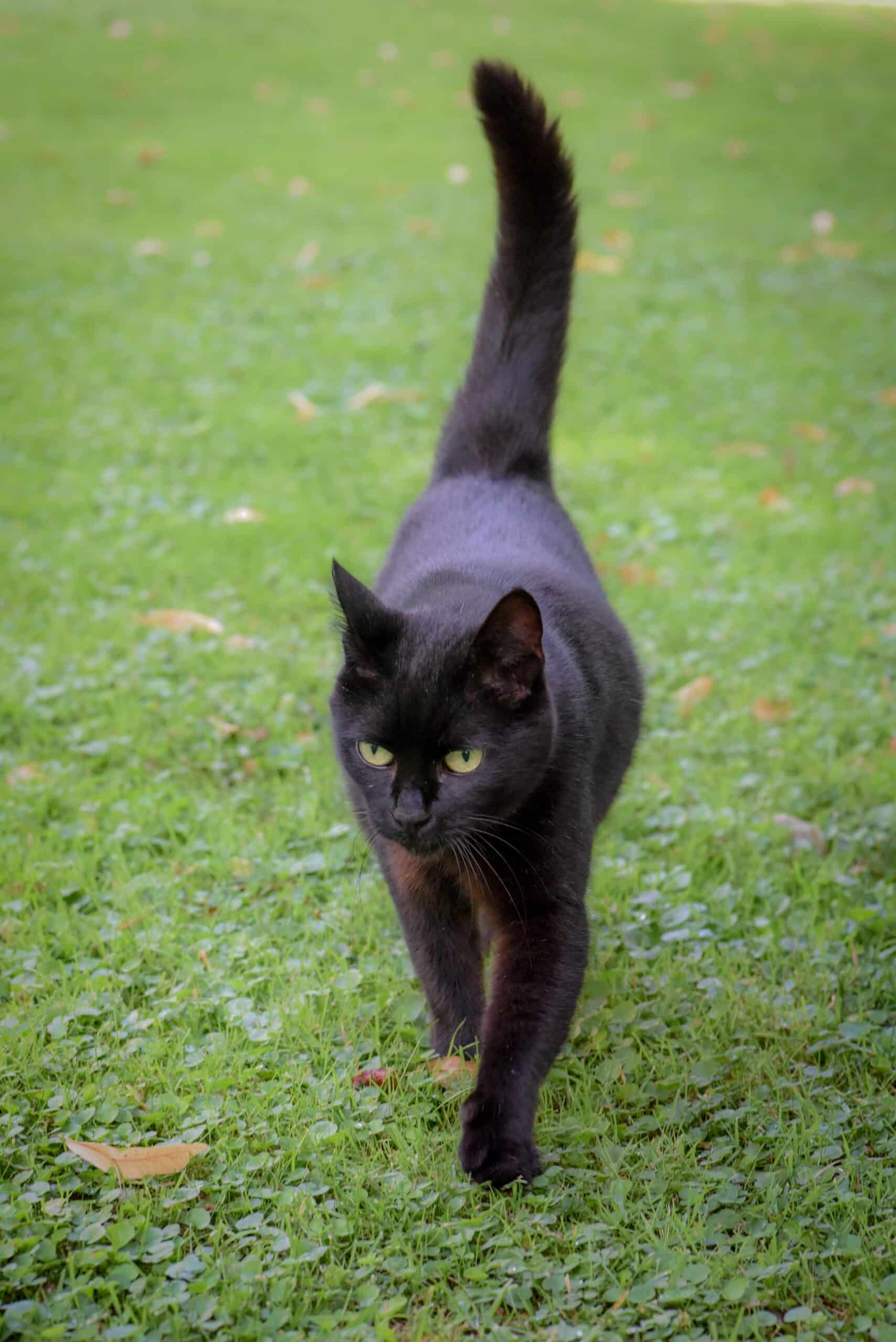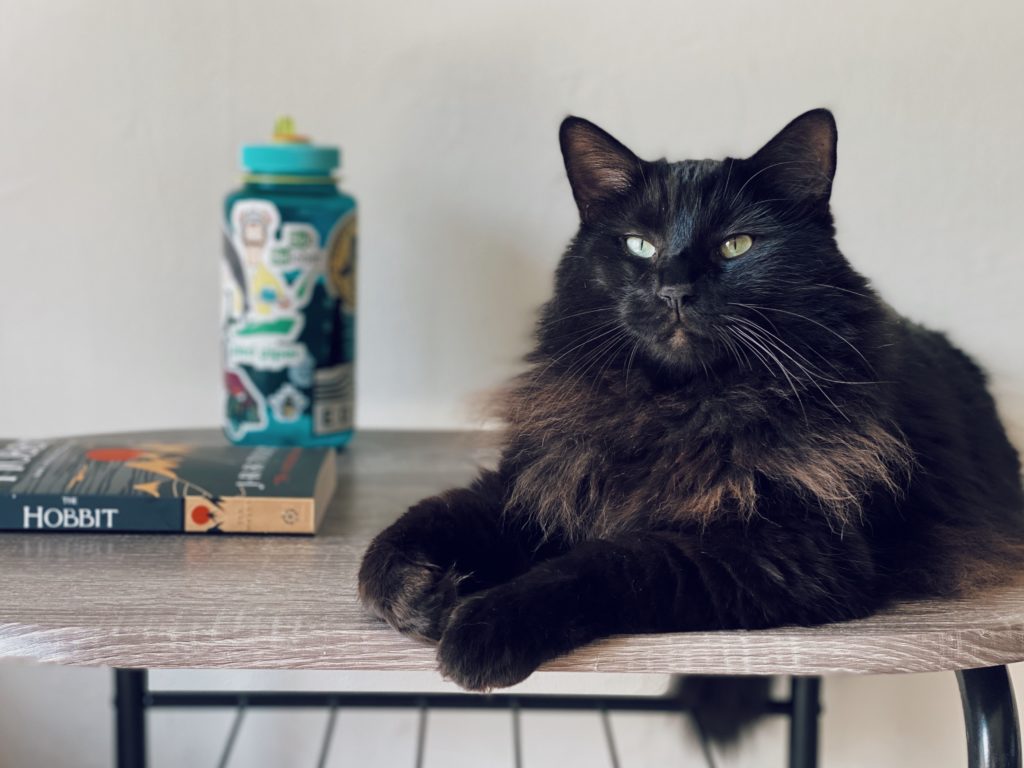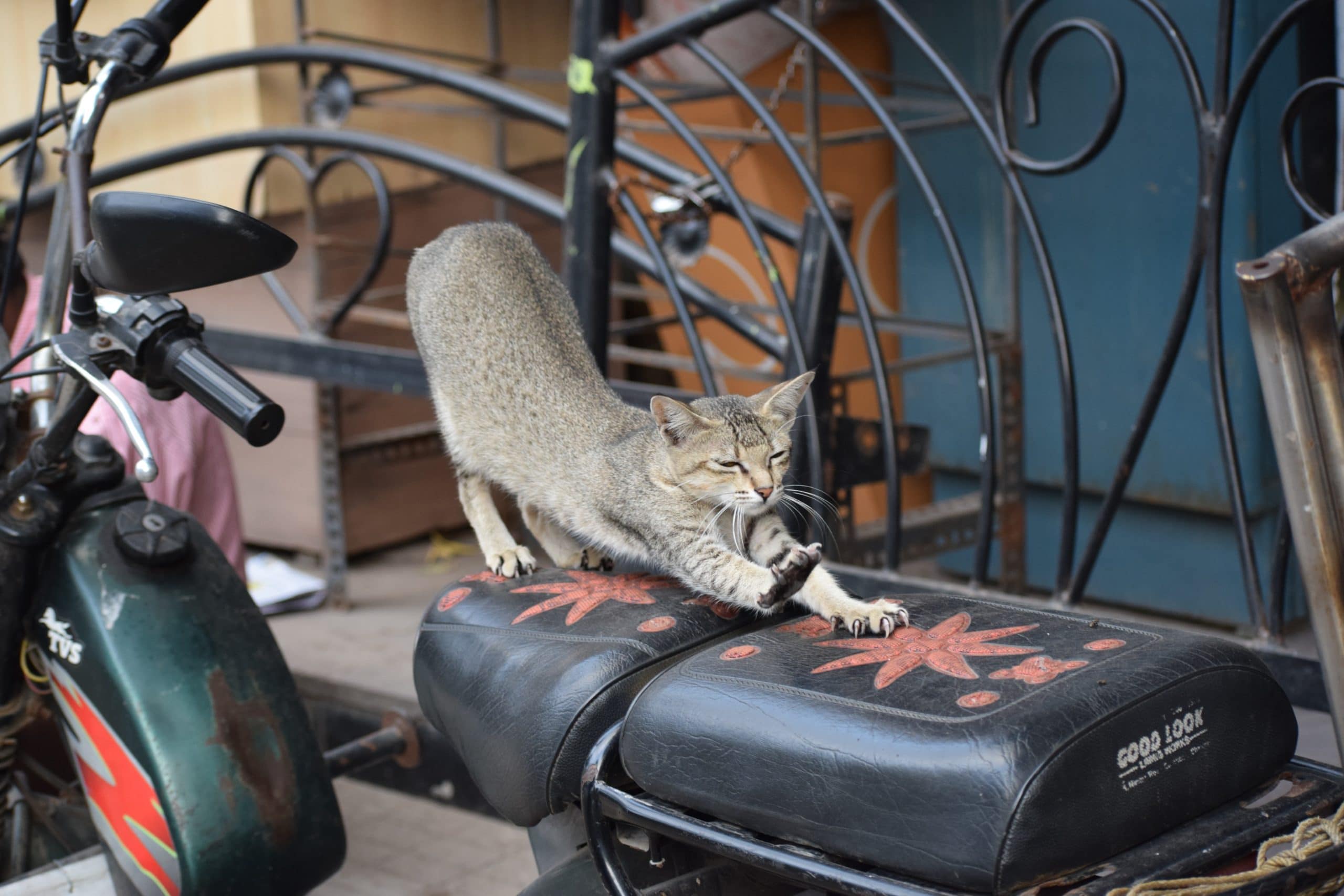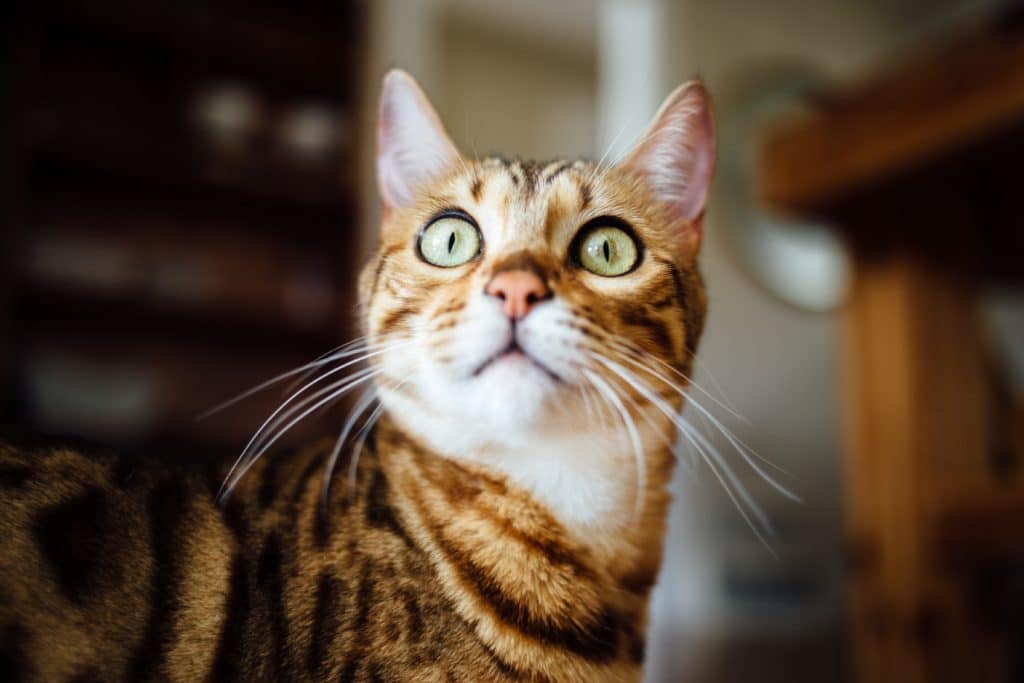If you have a kitty, then you’re probably fully aware that it doesn’t matter how many toys you’ve given your cat; they still want to scratch up your furniture. It’s okay. It’s happened to the best of us. You’ve provided your cat with the most enticing scratching post or tree you can imagine, but they don’t seem interested. If you’re wondering how to stop cats from scratching furniture then you’ve come to the right place! The Cat Clinic at Cherry Hill can help you understand why your cat is scratching and how to help them stop!
How To Stop Cats from Scratching Furniture
First, you’re probably wondering why our cat wants to scratch and why they won’t use their brand new cat tree! Well, the most obvious reason your cat keeps scratching is because they’re trying to remove the outer layer of their claws. Maybe they’re too sharp and the outer layer is likely dead. You can help them out by cutting their nails. Check out our post on that here! Great, but what if your cat is still headed toward the furniture? Here’s a few tips to help them stop scratching:
- First, you can usually prevent your cat from scratching things you don’t want them to scratch by putting gentle sticky tape, foil, or sandpaper on them. Your cat won’t like the texture. You can also put an unfavorable odor on the objects with cotton balls. You can buy these at most pet stores.
- Cats will often choose to scratch things as a way of marking their territory. If possible, try not to hide the scratching posts and cat trees in the corner of the room. Your cat might be choosing your couch because it’s the center of attention. A little rearranging of your room’s layout might be just the thing to get your kitty to stop scratching.
- To help your cat get used to scratching something acceptable, put it at the same height they usually scratch and place it near an object they tend to scratch. So if your cat is scratching the corner of your armchair, put your scratching posts near the chair and ensure it’s at a similar height where they usually scratch. Once your cat is used to the new scratching post or tree, you can start to move it away little by little, but it’s often best to keep it in a close spot. You don’t want your cat to return to old habits.
Cat Still Scratching? Call the Cat Clinic at Cherry Hill!
If your cat continues to scratch, there might be a deeper behavioral or even health issue with your kitty. It’s best to talk to your vet. The Cat Clinic at Cherry Hill can help you understand why your cat keeps scratching. Give us a call at 856-662-2662 to schedule an appointment or to speak with a vet on why your cat might continue to scratch.
